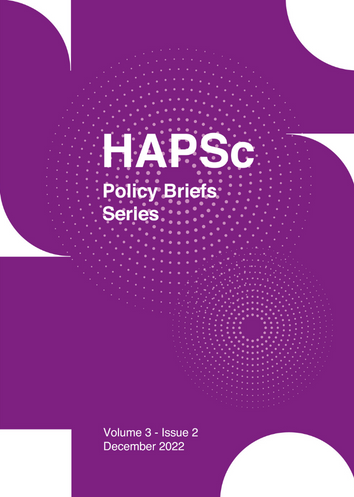How Heart Rate Variability Biofeedback Can Improve Police Performance: Public Policy Based on Evidence

Abstract
We tested the impact of heart rate variability biofeedback (HRV-BF) on police performance in order to reduce protocol gaps and response time in scenarios that simulate life-threatening situations. The sample gathered fifty-one frontline police officers from the city of Barueri in Brazil who were distributed into two groups: (i) the experimental group (26 officers) which attended a 5-days protocol of HRV-BF training; and (ii) the control group (25 officers) which did not train. The performance of both groups was assessed before and after the HRV-BF training, and the results were compared. The findings show that HRV-BF positively impacted the experimental group's performance by decreasing procedural gaps and timing. In contrast, the performance of the control group remained stable. Based on this evidence, the Secretariat of Urban Security and Social Defense of Barueri decided to make HRV-BF into public policy.
Article Details
- How to Cite
-
Pinc, T., Caparroz, L. H., Santos, M. R. C., Nery, T. C., & Santos, M. S. (2022). How Heart Rate Variability Biofeedback Can Improve Police Performance: Public Policy Based on Evidence. HAPSc Policy Briefs Series, 3(2), 176–182. https://doi.org/10.12681/hapscpbs.33799
- Section
- Articles

This work is licensed under a Creative Commons Attribution 4.0 International License.
Authors retain copyright and grant the journal right of first publication with the work simultaneously licensed under a Creative Commons Attribution License that allows others to share the work with an acknowledgement of the work's authorship and initial publication in this journal.

